

Species Profile | Images | Breeding Report | Similar Species
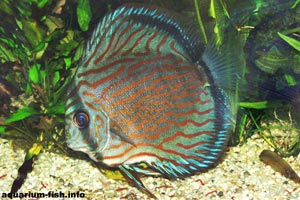
(Other members of the genus Symphysodon)
ADULT SIZE: 22 cm
WATER CONDITIONS: Moderately soft and acidic
TEMPERATURE RANGE: 26-30 C
FOOD: Feed Symphysodon aequifasciatus live and dried foods
DISTRIBUTION: This species comes from Brazil
AQUARIUM CARE: There are both wild, and commercially bred forms of discus. Colors and patterns are numerous; most are very attractive. They are a shy fish that prefers shoals of smaller dither fish, tetras (especially cardinal, and rummy-nosed tetra) and pencil fish as tankmates. Do not keep with other cichlids! They are also susceptible to paracitic infections. Water quality is important when keeping discus. See the section on Amazon biotope aquariums
BREEDING: A pair will spawn on a pre-cleaned leaf or rock.
Have you bred Symphysodon aequifasciatus? Why not fill in a breeding questionaire?, or examine existing Symphysodon aequifasciatus breeding reports
Other members of the genus Symphysodon
Other cichlid species
Other species from Brazil
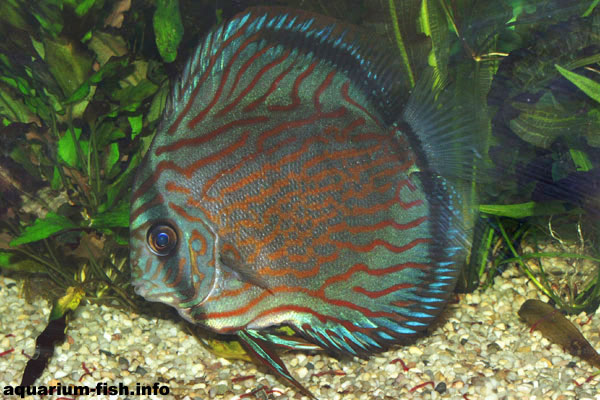
The brown Discus
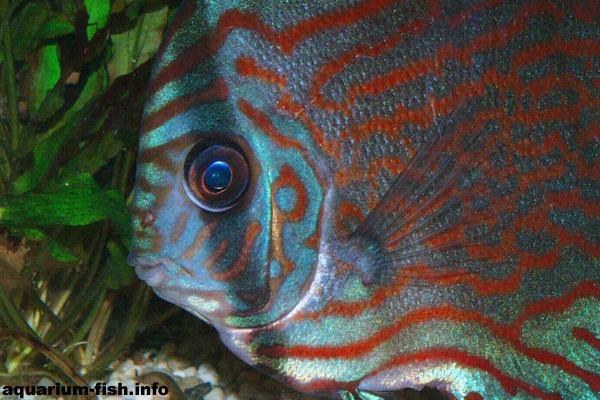
The discus is a truly beautiful fish, and an all time aquarium favourite
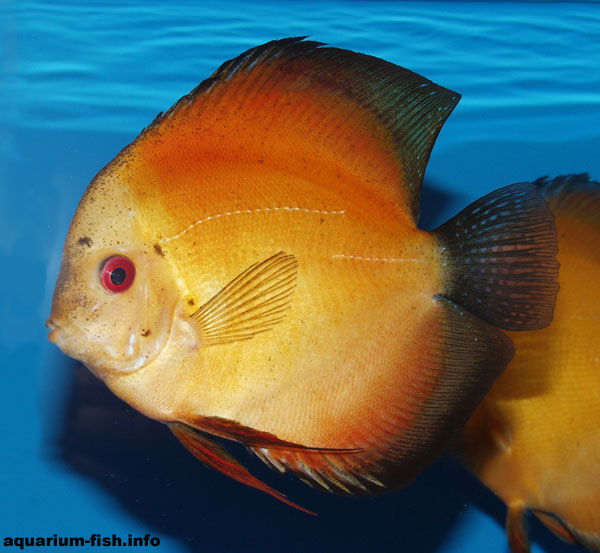
The tangerine Discus. These Discus have been selectively bred for their bright orange colouration as the name suggests
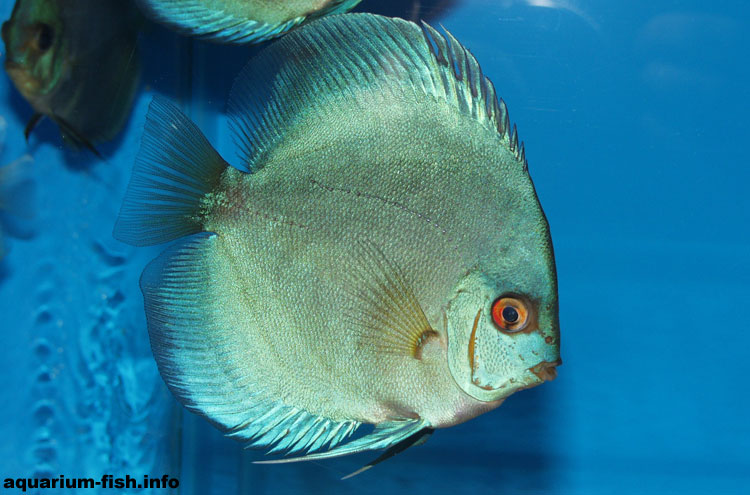
Blue Diamond Discus are another cultivar, and a very attractive and popular one too
BREEDING: A pair will spawn on a pre-cleaned leaf or rock.
Have you bred Symphysodon aequifasciatus? Why not fill in a breeding questionaire?
This page summarises breeding reports provided by visitors to this site, along with some statistical analysis. Please feel free to contribute - whatever your experience!
| |||||||||
|
| ||||||||
|
| ||||||||
|
| ||||||||
|
| ||||||||
Remember, each record represents only one persons experience; if you had different results, or used different methods, please share your experiences
| Water conditions: Very soft and acidic | Water temperature: 24-27oC |
| Disposition: Slightly timid | Community tank?: Doubtful, only with VERY calm fish |
| Spawning Method: Peat (or similar) spawning substrate | Breeding problems: Poor fry survival rate |
| Sex ratio: Roughly equal | Breeding difficulty: Difficult |
| Sucess: Average | Years Experience: 15 |
| Other Comments: | |
| Date this record created: 30th December 2009 | Breeding date: 2009 |
| Breeder: | Location: |
| Water conditions: Moderately soft and acidic | Water temperature: 28oC+ |
| Disposition: Active, but not aggresive | Community tank?: Never |
| Spawning Method: Long term (fry appear with adults) | Breeding problems: none |
| Sex ratio: Roughly equal | Breeding difficulty: Easy |
| Sucess: Very sucessful | Years Experience: 20 |
| Other Comments: | |
| Date this record created: 21st September 2008 | Breeding date: 2007 |
| Breeder: | Location: |